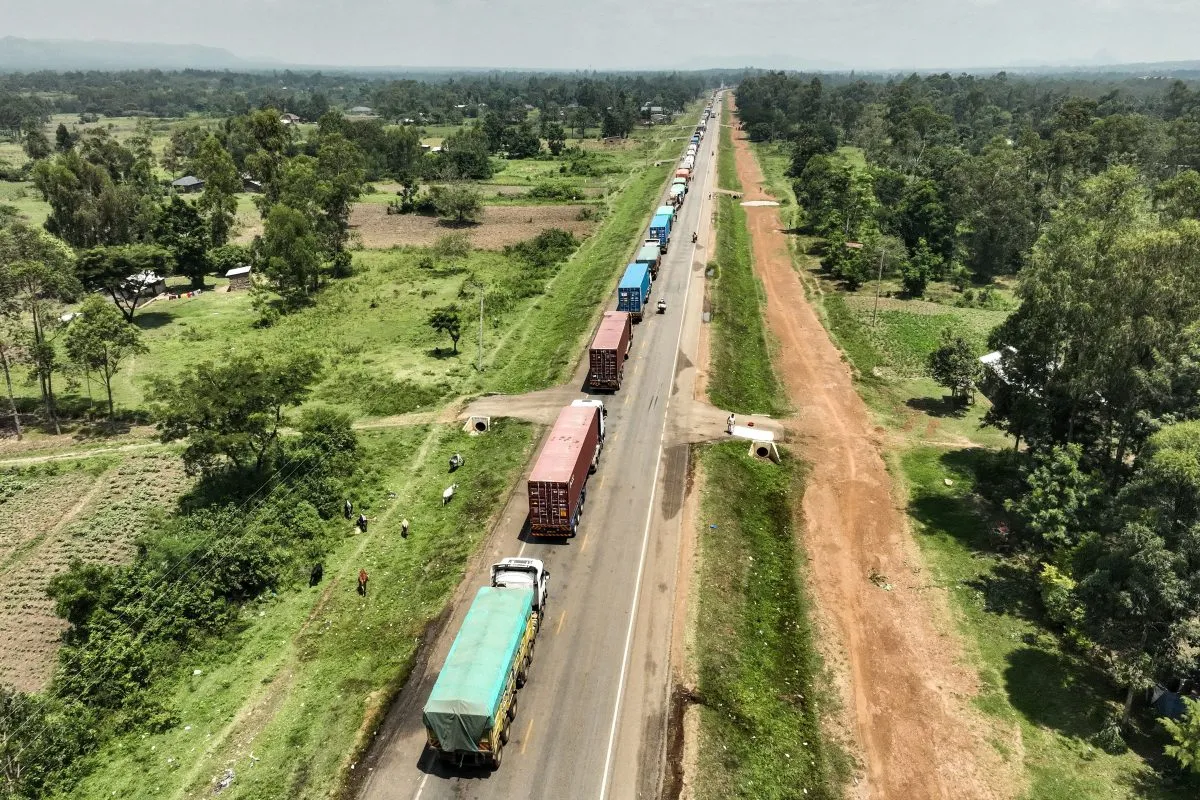The Trade and Development Bank Group (TDB Group) recently convened in Kigali for its 2025 AGM and 40th anniversary celebrations. It was refreshing to witness the resilient evolution, growth, and impact of this multilateral development bank.
A key highlight was a stimulating conversation around a fit-for-purpose and smart development finance mechanism that could transform Africa’s potential to be a global economic powerhouse. Abdul Latif Alhassan and Bomikazi Zeka describe development finance as “the invisible glue that connects public and private financing for projects that have social, economic and environmental outcomes”.
However, fit-for-purpose development finance for Africa ought to do more than that. It must follow a strategy and a philosophy that orientate the interventions in optimal pathways, before the ‘glue’ locks in the deals. According to Papa Demba Thiam, a model that guarantees coherence, pertinence, and congruence is an imperative.
A new paradigm for development finance in Africa is emerging – one that embraces value and supply chain based industrial and trade development. It poses as transformative, endogenous, inclusive, and integrative. Transformative: to address the structural deficiencies that have sustained poverty while plunking Africa’s economies into recurring unsustainable debt predicaments;
Endogenous: to unlock Africa’s potential from within, by transforming local resources into value-added products and services; Inclusive: to onboard SMEs, women and youth in a broad-based economy, unleashing opportunities for shared prosperity on every segment of the value and supply chains; Integrative: to position Africa’s economies into the shifting regional and global value and supply chains.
Value-chain based industrialisation is a priority set in Africa’s Agenda 2063 Second Ten-Year Implementation Plan, dubbed the Decade of Acceleration. Priority is put on agro-processing, pharmaceuticals, and green minerals, as well as transport & logistics value chains.
The value chain approach ensures coherence, pertinence, and convergence by orientating policy interventions and investments in infrastructure and regional corridors in tandem with identified missing links on the value chains.
This approach highlights investable opportunities to the institutional and private investors, financiers, governments, and development partners. As a result, the value chain approach enhances value generation, job creation, shared prosperity, inclusion, trade and integration, high return on investments, de-risking of projects, and competitiveness.
In a context where trade and industrialisation are at the core of development, the new development finance paradigm prescribes an architecture that goes beyond the conventional multilateral development banks to involve a wide range of financial institutions and other players.
These range from regional to national development financial institutions; from trade finance companies to equity finance institutions; from green funds to carbon markets; from capital markets to credit rating agencies; from retail to institutional investors; from analysts to providers of non-financial services to companies and SMEs; from regulators and policy makers to technology providers.
It is an intentional ecosystem that needs to be created, embracing a new mindset. Visualising the big picture and taking agency and ownership to build African economies on their strengths, is a key attribute of this model.
Two-way traffic
In the new paradigm, financial structure ought to follow strategy. This is onearea in which African governments and institutions have to re-imagine how to coordinate better in a two-way traffic.
Stakeholders in the financial architecture ought to actively participate and inform the national, regional, and continental planners and frameworks by deploying their analytical and foresight capabilities to assist the sovereigns to make strategic choices. On their side, the sovereigns should ensure development financial institutions are well capitalised and governed, and put in place platforms for dialogue and consultation with these institutions.
Africa has defined its programmatic frameworks (AfCFTA, CAADP, PIDA and others), which must be coherently domesticated at regional, national, and subnational levels to reduce fragmentation.
This is the whole essence of the Africa Team, a joint programming and resource mobilisation platform facilitated by the AU Development Agency (AUDA-NEPAD) and comprising regional economic communities, other AU institutions, and Member States.
Creating linkages with the Alliance of African Multilateral Financial Institutions, coming together to play a catalytic role in the synergistic financing of Africa’s development, will make the effort even more meaningful.
An integrated delivery mechanism will not be enough until supply-side issues of scale, affordability, flexibility, and efficiency are resolved. Bold measures are more than ever needed to recapitalise African multilateral financial institutions whose combined balance sheet currently represents only a fraction of the $330bn needed annually to meet the $3.3trn cost of the second decade of Agenda 2063.
Hence, the need for recapitalisation of these institutions, including through tapping the local, regional, and global capital markets, and Africa’s growing network of high-net-worth individuals and institutional investors.
The Africa Credit Rating Agency will be instrumental in this regard. So will the pipeline of projects that will have been carefully curated to attract co-financing with private investors, domestic and FDI alike. Other avenues include blended finance, hybrid capital, and the rechannelling of part of the Special Drawing Rights to Africa’s MDBs. Continued advocacy, at the G20 and otherwise, for fairer international capital and solvency regulations, will also free up some additional room.
Demand-side measures should not be overlooked. DFIs have a role to play in the packaging of a pipeline of bankable projects. They are also encouraged to participate in the regional risk management pools and de-risking mechanisms, and to support the onboarding of SMEs on integrated digital platforms such as the AfCFTA Hub, AeTrade’s Sokokuu-Africa, and Afreximbank’s Africa Trade Gateway.
Smarter game
All in all, it is a smarter, more collaborative, and quite innovative game that will make a difference. Six areas come to mind: spearheading the analytical work on potential value and supply chains to highlight the missing links; synergising the packaging of the identified missing links into investable opportunities and pipelines of complementing projects that optimise the spatial, temporal, and sectoral pertinence and coherence; capacitating the institutional settings at the continental, regional, national, and subnational levels; consolidating advisory and backstopping services to the sovereigns, individually or in groupings, notably on orientating the public and private interventions to achieve overall coherence in resource allocation strategies; structuring the strategic partnerships, deals, and syndications on value chains and packaging the technical, financial, and non-financial services so they are easily accessible to SMEs.
In conclusion, a new paradigm for development finance in Africa has planted its seeds, which is to be nurtured with the right mindset. African institutions have the responsibility to enable Africa to look inwards to build its shared prosperity on its resources, thereby repositioning itself on relevant regional and global value and supply chains.
Delivering transformative, endogenous, inclusive, and integrative industrial and trade ecosystems is not an option but an existential imperative for a prosperous and peaceful Africa.
Only through collaboration, innovation, and strategic public-private partnerships on value chains will players in the new development finance architecture help African economies unlock their potential through industrialisation. Only then, will Africa rightfully claim its economic independence and enjoy its sovereignty within a mutually beneficial diversity of partners.
Want to continue reading? Subscribe today.
You've read all your free articles for this month! Subscribe now to enjoy full access to our content.
Digital Monthly
£8.00 / month
Receive full unlimited access to our articles, opinions, podcasts and more.
Digital Yearly
£70.00 / year
Our best value offer - save £26 and gain access to all of our digital content for an entire year!

 Sign in with Google
Sign in with Google 



